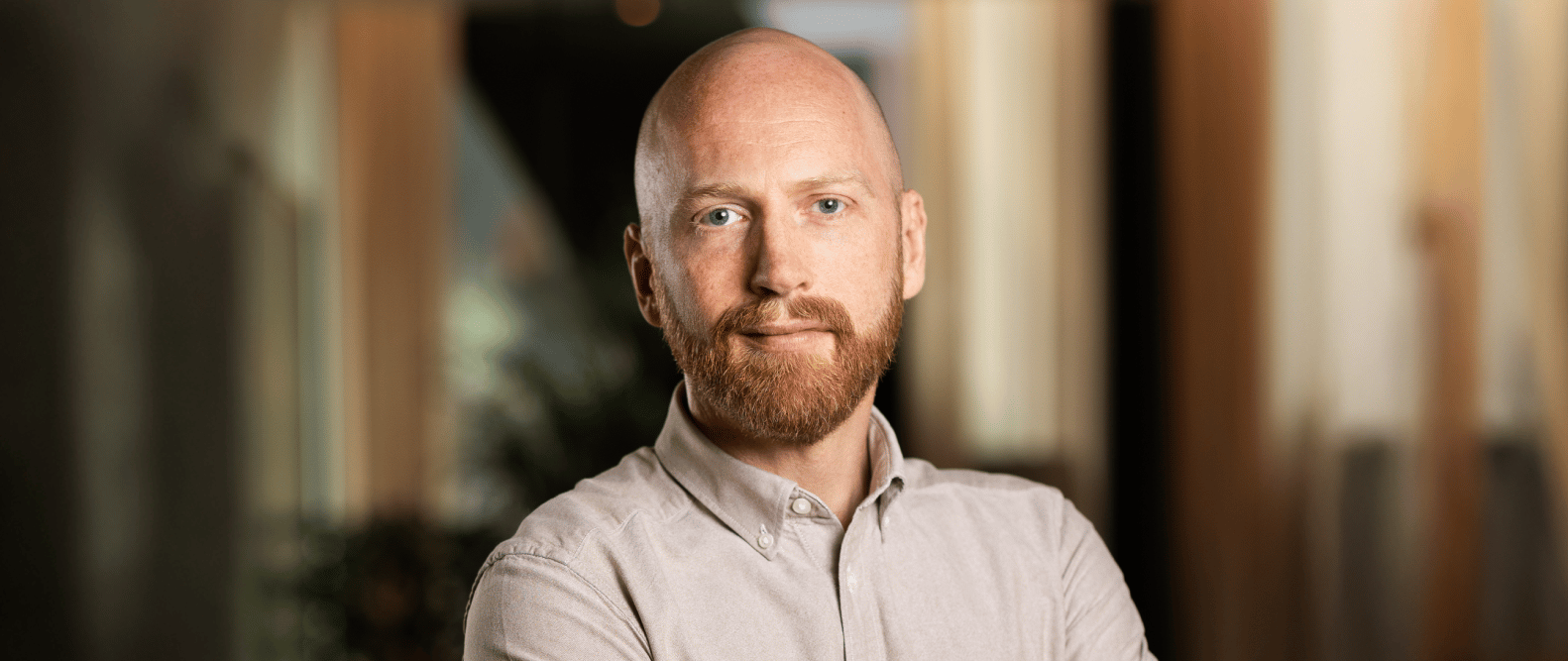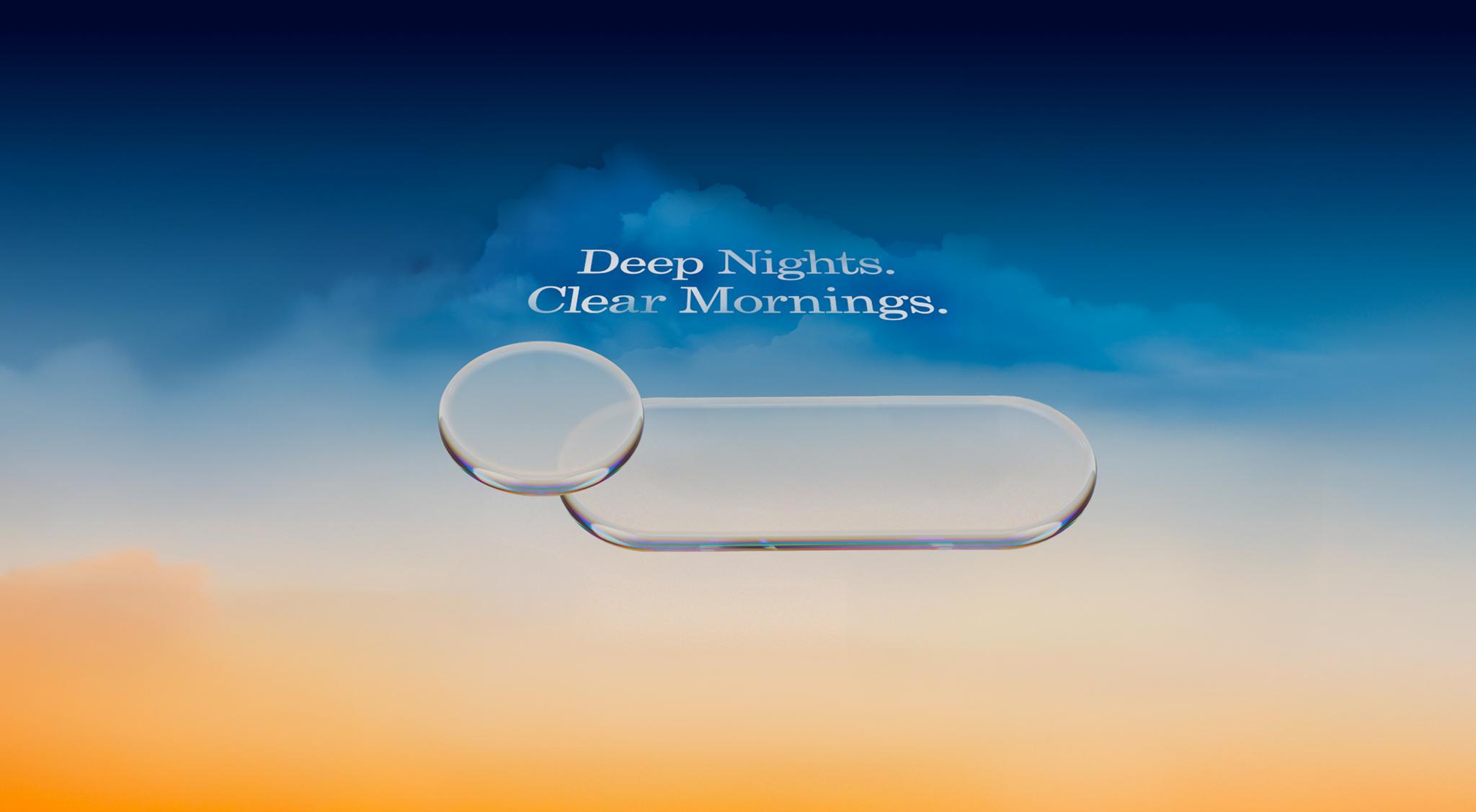AI That Listens: Understanding Sleep Through Sound
Author Dr. Mikael Kågebäck
Published

At Sleep Cycle, we believe that better sleep begins with better insights—and those insights start with sound. Since our inception, we’ve developed and refined a proprietary AI-based sound model that transforms ordinary audio data into a window of the sleeping mind and body, giving us an unparalleled view of the architecture of sleep.
Because we control the full pipeline—from raw audio to actionable insights—we can innovate faster and more responsibly. The model doesn’t just power our app; it powers our future. This model forms the core of both our app and the broader ecosystem we call ‘Powered by Sleep Cycle.
The Science Behind the Sound Model
Our sound model is an AI system trained on years of real-world, real-sleep audio data. In fact, we have processed over 3 billion nights of data. It listens, not in the way a person might, but in the way that only machine learning can. It picks up on subtle patterns: the length of a breath, the shift of a body, the regularity of a snore. It learns how these relate to different stages of sleep, sleep quality, and overall health. This process is driven by supervised learning, where labeled datasets, compiled in collaboration with sleep researchers, help the model distinguish between deep sleep and restless tossing. And the more advanced our algorithms become, the more precise we become.
At its core: Breathing
As you fall asleep, your breathing naturally becomes more regular. Our neural networks, trained on over 7,000 nights of medical-grade polysomnography (PSG) data, are finely tuned to detect this transition, allowing us to reliably track sleep using only audio.
Inhalation/exhalation: Captures the speed and smoothness of airflow changes.
Pause duration: Detects extended pauses that may signal breathing irregularities.
Spectral breathing index: Monitors frequency components to distinguish normal sleep respiration from wheezes, snores, or coughs.
With our AI sound model focused on breathing patterns we can derive a world of information from our users’ sleep sessions. Together, these layers of analysis form a multi-dimensional view of sleep and respiratory health—transforming simple sound recordings into a powerful tool for wellness, early detection, and research. By anchoring our model on the fundamental biological signal—breathing—we deliver insights that are both deeply personal and broadly impactful.
Privacy by Design
We recognize that sleep is intimate. Our model is designed with privacy and security at its core, and all audio processing is done locally on-device to maximize user privacy. As a company and as a team of scientists and engineers, we are committed to advancing the science of sleep in a way that respects the individual and earns trust through transparency.
AI in consumer health isn’t about flashy features—it’s about meaningful, measurable impact. By continuing to invest in our proprietary sound model, we’re investing in deeper understanding, greater accuracy, and ultimately, better sleep for all.

Dr. Mikael Kågebäck
Ph.D. in Machine Learning and AI from Chalmers University of Technology



